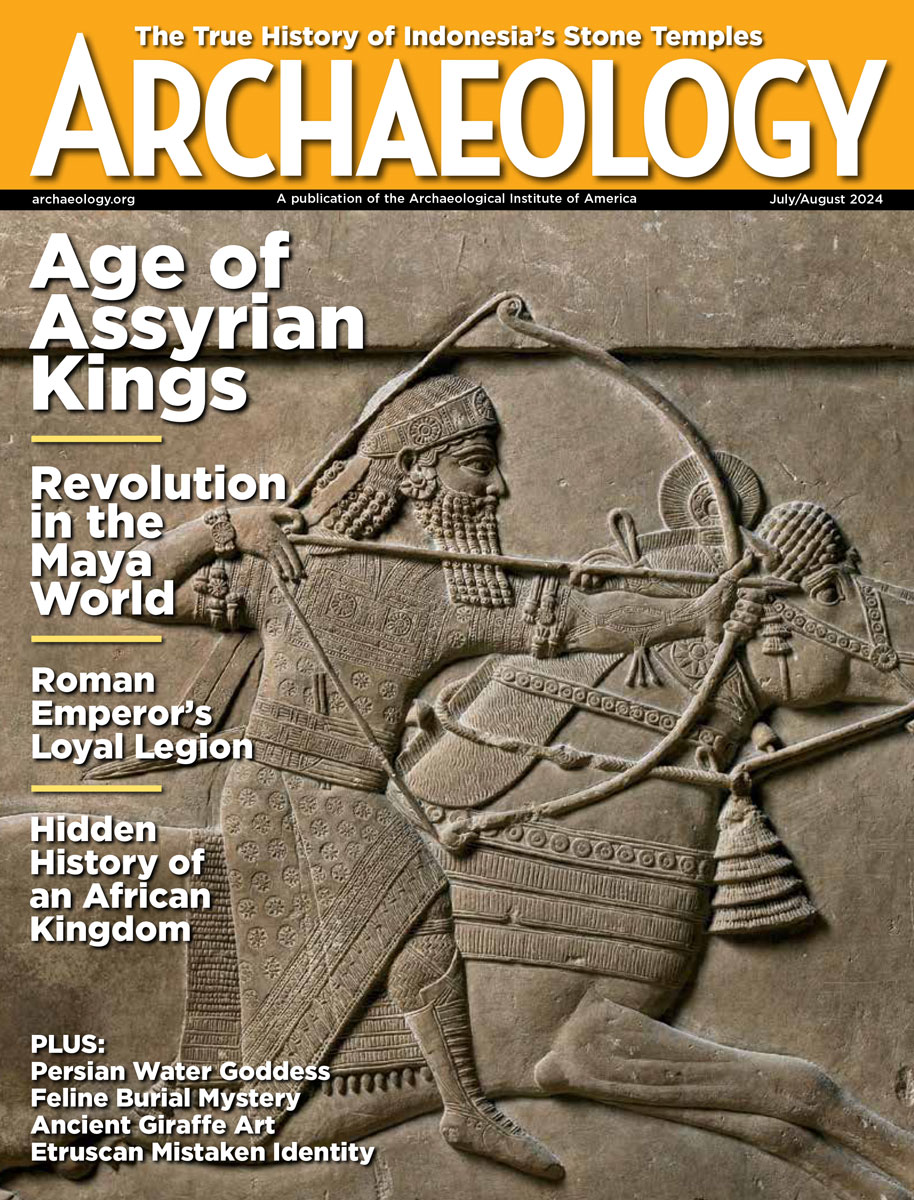

| |
| Why do Virtual Heritage? | March 13, 2008 |
| by Donald H. Sanders | |
The Tantura Shipwrecks
From the ninth to tenth century A.D., several Arab coastal trading vessels wrecked during storms while navigating their way into the harbor of the ancient settlement at Tel Dor, south of Haifa, Israel. The remains, in very shallow water just off the coast, were excavated from 1994 to 1996 by the Institute for Nautical Archaeology (Texas A&M University) and Haifa University's Center for Martime Studies, under the direction of Shelley Waschsmann and Yaakov Kahanov.
![[image]](thumbnails/2.gif)
The Tantura B shipwreck as rendered from our virtual reality model and (inset) as excavated in shallow water (Rendering © 2005 Institute for the Visualization of History, Inc.; photograph © 2001 Shelley Wachsmann)
Underwater archaeologists excavate under circumstances that present problems quite distinct from those encountered by dirt archeologists. For example, it is difficult, if not impractical, to revisit an underwater site after excavation; it is difficult to obtain good color images of wreck remains or its artifacts because of particles in the water and absence of natural light; and, unlike most land-based excavations, it is difficult to appreciate the entire site from a distance. Traditionally, wreck-site publications rely on detailed drawings of the ship's timbers or interesting joints, lengthy descriptions of the remains, and a few representative photos of selected timbers or portions of the vessel.
The Tantura team wanted something different and more informative: adjunct interactive materials to supplement their final publication. One of their goals was to allow researchers to do much more than read about the excavation; they should be able to simulate diving the Tantura wrecks and, at the same time, access excavation data by simply clicking on portions of the ship remains. It should be as if readers were underwater with immediate access to all of the evidence, which included hundreds of high-resolution color photographs and drawings, and detailed descriptions--an example of the quality and quantity of data that cannot be provided by conventional static 2D publication methods.
![[image]](thumbnails/3.gif)
Screen grab from the Tantura Shipwrecks digital publication supplement, showing the virtual reality re-creation used as the visual index to the database of images and text about the remains (© 2003 Institute for the Visualization of History, Inc.)
According to Wachsmann, the principal excavator, "the main benefits of 3D computer graphics are that they make a traditional publication more user-friendly and allow the author to supply readers with the closest thing to an actual experience of viewing the shipwreck. It helps the reader comprehend the site in a way that cannot be reproduced in 2D." The entire modeling process allowed him to see the site again in 3D, viewing entire timbers and relationships between them from all angles at his convenience. The new visualizations led Wachsmann to re-evaluate his own recollections of the site, which were based only on photographs and sketch plans. Basic assumptions about what timbers looked like needed to be re-evaluated in light of having to show all sides to the reading public. The process challenged presumptions about how excavators remember what a site was like; and if the excavators have troubles, how can later researchers and scholars understand details of timber construction and nuances of the wreck?
Virtual heritage creates the closest thing we have to original excavation contexts, which is especially crucial for those sites that are inaccessible, now lost, too expensive or difficult to reach, or too fragile or fragmentary for general visitation. As the Tantura project shows, researchers can now virtually redive underwater sites, see what the archaeologists saw, and through interactive links, access vastly more data than possible from printed publications alone.
| Introduction & Conclusion | Project 2 The Kyrenia Shipwreck |
Project 3 The Monument at Actium |
Project 4 The Northwest Palace at Nimrud |
Project 5 The Temple of Athena Polias |
© 2008 by the Archaeological Institute of America archive.archaeology.org/online/features/virtualheritage/project1.html |
Advertisement

Advertisement






